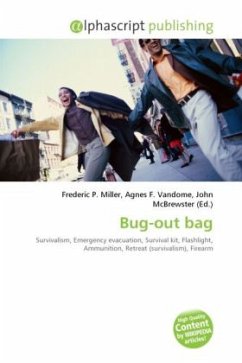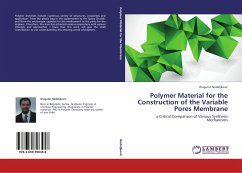Mutual exclusion algorithms are used in concurrent programming to avoid the simultaneous use of a common resource, such as a global variable, by pieces of computer code called critical sections. A critical section is a piece of code where a process or thread accesses a common resource. The critical section by itself is not a mechanism or algorithm for mutual exclusion. A program, process, or thread can have the critical section in it without any mechanism or algorithm, which implements mutual exclusion.Examples of such resources are fine-grained flags, counters or queues, used to communicate between code that runs concurrently, such as an application and its interrupt handlers. The synchronization of access to those resources is an acute problem because a thread can be stopped or started at any time.To illustrate: suppose a section of code is altering a piece of data over several program steps, when another thread, perhaps triggered by some unpredictable event, starts executing. If this second thread reads from the same piece of data, the data, which is in the process of being overwritten, is in an inconsistent and unpredictable state.
Bitte wählen Sie Ihr Anliegen aus.
Rechnungen
Retourenschein anfordern
Bestellstatus
Storno








